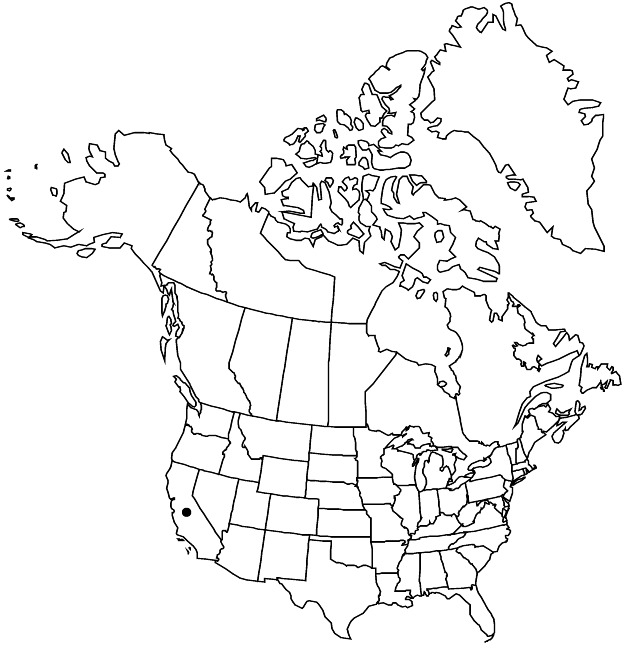Difference between revisions of "Silene invisa"
Revis. N. Amer. Silene, 31, plate 4, fig. 25. 1947.
FNA>Volume Importer |
imported>Volume Importer |
||
| (4 intermediate revisions by one other user not shown) | |||
| Line 8: | Line 8: | ||
}} | }} | ||
|common_names=Short-petalled campion | |common_names=Short-petalled campion | ||
| + | |special_status={{Treatment/ID/Special_status | ||
| + | |code=E | ||
| + | |label=Endemic | ||
| + | }} | ||
|basionyms= | |basionyms= | ||
|synonyms= | |synonyms= | ||
| Line 33: | Line 37: | ||
-->{{#Taxon: | -->{{#Taxon: | ||
name=Silene invisa | name=Silene invisa | ||
| − | |||
|authority=C. L. Hitchcock & Maguire | |authority=C. L. Hitchcock & Maguire | ||
|rank=species | |rank=species | ||
| Line 47: | Line 50: | ||
|publication title=Revis. N. Amer. Silene, | |publication title=Revis. N. Amer. Silene, | ||
|publication year=1947 | |publication year=1947 | ||
| − | |special status= | + | |special status=Endemic |
| − | |source xml=https:// | + | |source xml=https://bitbucket.org/aafc-mbb/fna-data-curation/src/2e0870ddd59836b60bcf96646a41e87ea5a5943a/coarse_grained_fna_xml/V5/V5_380.xml |
|subfamily=Caryophyllaceae subfam. Caryophylloideae | |subfamily=Caryophyllaceae subfam. Caryophylloideae | ||
|genus=Silene | |genus=Silene | ||
Latest revision as of 23:10, 5 November 2020
Plants perennial; taproot stout; caudex becoming branched, bearing tufts of leaves. Stems several, erect, unbranched proximal to inflorescence, 10–40 cm, puberulent. Leaves mostly basal, petiolate, blade oblanceolate or spatulate, 1.5–5 cm × 2–6 mm, apex acute, glabrous except for a few cilia on petiole; cauline leaves in 2–4 pairs, reduced distally, blade linear to narrowly lanceolate or oblanceolate, 2–7 cm × 2–6 mm. Inflorescences cymose, 1–3-flowered, open, bracteate; cyme 1, terminal, often with 1 flower at next node; bracts linear-lanceolate, 5–20 mm. Pedicels erect, from 0.5 cm, lengthening to 3 cm in fruit, gray and somewhat retrorse-puberulent with stipitate-glandular hairs. Flowers: calyx prominently 10-veined, veins parallel, green, with pale commissures, broadened in lobes, narrowly campanulate and 7–11 × 3–4 mm in flower, campanulate and 8–12 × 4–5 mm in fruit, tending to broaden proximally, glandular-puberulent, lobes 5, erect, lanceolate, 1–2 mm, apex blunt; petals cream to pink, often tinged with dusky purple, slightly longer than calyx, limb 1–2 mm, unlobed or apex notched; stamens equaling calyx; stigmas 3, equaling calyx. Capsules narrowly ovoid, 10–13 mm, slightly longer than calyx, opening with 6 outwardly curved teeth; carpophore shorter than 1 mm. Seeds brown, reniform, angular, 0.7–1 mm, margins with large, balloonlike papillae, sides rugose. 2n = 48.
Phenology: Flowering summer.
Habitat: Moist openings in coniferous forests on mountain slopes
Elevation: 900-2900 m
Discussion
Silene invisa is found in the Cascades and Sierra Nevada. It is a rare species very similar to S. drummondii, from which it can usually be distinguished by its smaller size, glabrous leaves, and the large, inflated papillae of the seeds. Plants with intermediate characters occur in Nevada and Arizona.
Selected References
None.
